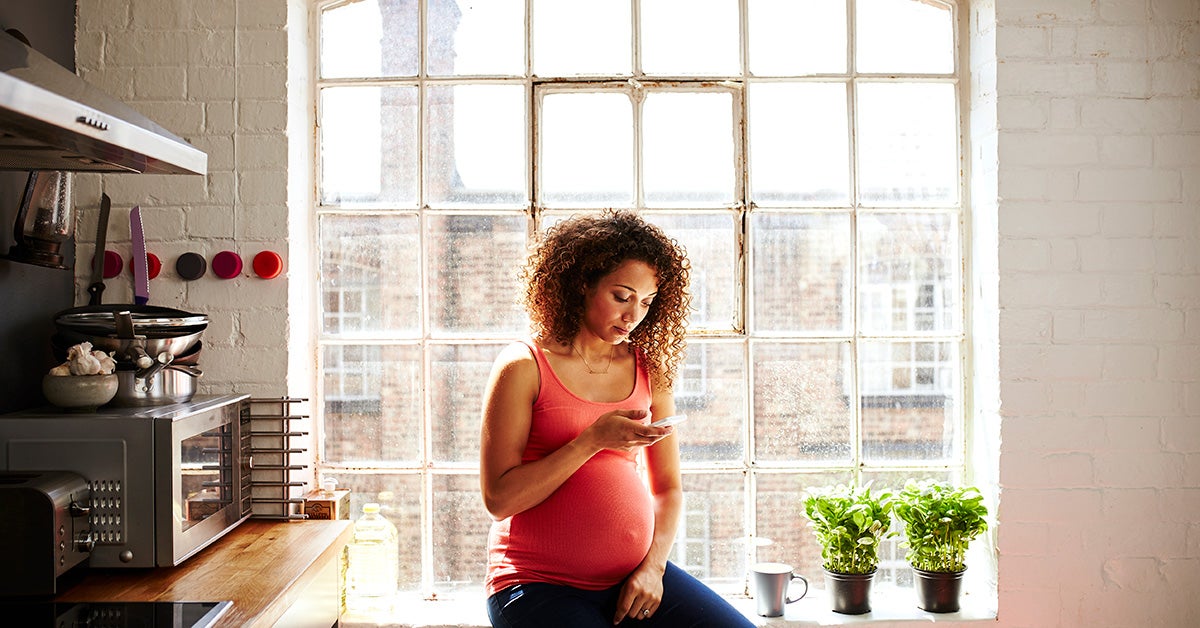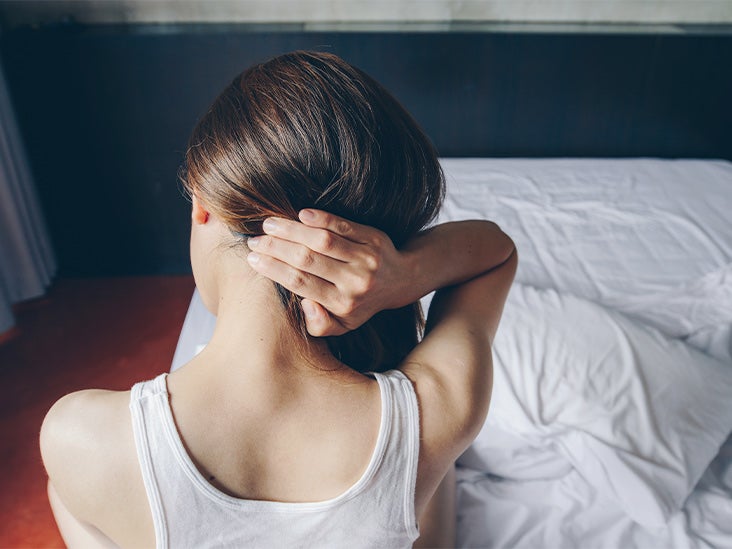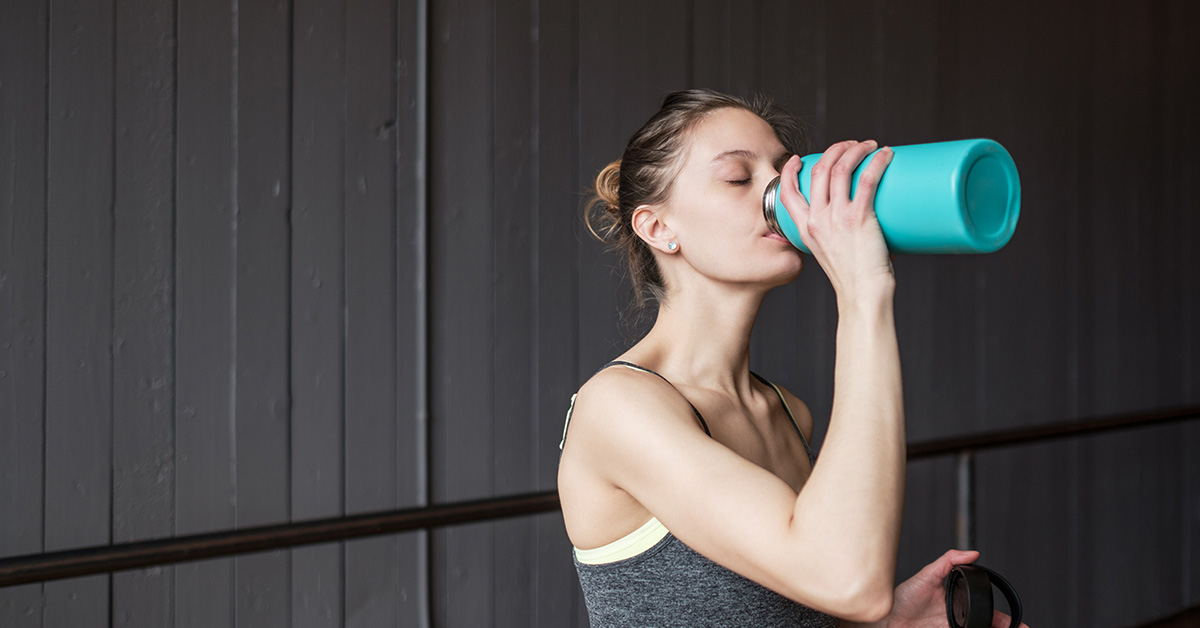Lower Back Massage: Instructions, Self-Massage, Benefits, and More

Back pain is a common condition in adults. It can occur for many reasons, such as improper lifting, inactivity, and normal wear and tear.
Some treatments for back pain include rest, medications, and using heat or ice, but massage may be helpful for short-term symptom relief as well.
You can try a self-massage to ease back pain or seek a friend, family member, or professional to soothe your soft tissues.
With just a few tools and some basic massage techniques, you can give a back message to a friend or family member or even show them how to give you one. Here's a video about giving a lower back massage:
Keep in mind that you should never apply pressure directly to the spine. Only use gentle pressure to avoid injury and discomfort.
To get started:
- Position the person receiving the massage on their stomach on a massage table, mat, or mattress. The person should remove their shirt or wear something loose fitting to raise above the lower back to allow for the massage to occur directly on the skin.
- Place a pillow under the breastbone, a rolled towel under the forehead, and a rolled towel under the ankles. Cover the person's legs with a towel, and tuck it in the pant line to protect clothing from massage oil.
- Rub massage oil in your hands, and spread the oil on the person's lower back with smooth strokes from your hands.
Then, you can start to massage the back using several different methods. Massage each side of the back separately.
Try this:
- Try palm circling by extending your arms and putting one open hand on top of the other. Make circular motions on the back that originate from your waist.
- Practice muscle lifting by keeping your fingers straight, spreading your thumbs, and lifting the muscles of the lower back by turning your wrist, one hand at a time.
- Begin thumb circling by turning toward the person's feet and using your thumbs to make slow strokes from their mid-back toward the hips, repeating two more times.
- Finally, practice muscle lifting as you did before, but lift the muscles near the hips.
Once you've gone through these motions, you can do a few more moves to ease any remaining back pain.
Try this:
- Repeat these techniques on the other side of the back.
Finish the massage by working on both sides of the back at the same time. - Try knuckling, which is making fists with both hands and rubbing them from the middle of the back to the hip area gently, avoiding the spine.
- To try back spreads, open your hands and slowly move them over the mid-back to the hips.
- Position your hands each on one side of the lower back, and move them back and forth across the back as a final massage technique.
There are many types of massage for your lower back. Some of them are safe to try at home, and others should only be done by a professional.
- Therapeutic massage. This is any type of massage that targets an area of your body to relieve specific discomfort and pain.
- Deep tissue massage. This type of massage requires an expert. That is because this technique massages your body with more force and reaches muscles and connective tissues on a deeper level.
- Swedish massage. This is gentler than deep tissue massage, and emphasizes long, circular movements and kneading as well as tapping and vibration.
- Sports massage. A sports massage is geared toward athletes. It's used to prevent injury or to help an injured athlete return to sport.
- Shiatsu massage. This is a Japanese style of massage, and uses pressure over the body in a rhythmic fashion. This is intended to stimulate the body to heal itself.
It's possible to massage your own back with a few pieces of equipment.
Try this:
- Lie face up on a mat and place two tennis balls under your mid-back, one on each side of the spine.
- Bend your knees and place your feet on the floor.
- Slowly move yourself up and down so the tennis balls roll along your lower back.
- You can move yourself up and down with your legs to relieve or increase pressure from the tennis balls.
Watch this video for more details:
You can also do this with a foam roller.
Try this:
- Place it below your lower back while lying face up on a mat.
- Put pressure into the roller to target the source of your back pain.
- You may also find that rolling the foam above or below the source of pain also provides relief.
You may find these exercises to be most beneficial throughout the day for a few minutes each or before bedtime.
Massage for lower back pain may help:
- relieve short-term pain
- relax your muscles
- increase your blood and lymph flow
- ease stress related to the pain
Types of back pain
There are two types of back pain, and they're measured by the length of time you experience pain.
Acute back pain resolves within a three-month time period, and 90 percent of those with acute back pain have it for only a week or two. The other form of back pain is chronic back pain, which lasts longer than three months.
Massage may be able to help with both types of back pain, but it may offer more relief for those with acute back pain.
Updated clinical practice guidelines from the American College of Physicians include massage therapy as a treatment option for acute back pain, but they don't recommend it for those with chronic back pain.
You still may want to try massage for short-term relief of chronic back pain, though.
A 2011 study published in Annals of Internal Medicine found that massage benefited people with chronic back pain over a six-month period. But after a year, those receiving massages in addition to other care experienced the same level of symptoms as those without massages.
The short-term benefits of massage for chronic back pain included reducing time spent sedentary in bed, improving ability to do daily activities, and using less medication to treat back pain.
Causes of back pain include:
- falling
- lifting heavy objects
- straining a muscle or spraining a ligament
- having poor posture
- living a sedentary lifestyle
- not exercising
- sitting for too long
- bending your back forward when engaged in prolonged activities
Some of these causes can lead to health conditions that trigger back pain, or the conditions themselves may lead to lower back pain, including:
- bulged, ruptured, or degenerative discs in your spine
- arthritis
- skeletal irregularities
- osteoporosis
You may find that your massage efforts at home aren't doing enough to ease your lower back pain.
Consider seeking a professional masseuse to provide massage or another professional, like a chiropractor or physical therapist, to adjust your spine. These efforts by professionals may help relieve your back pain.
You may want to see a doctor if your lower back pain is very severe or long-lasting.
A doctor can diagnose and help you manage back pain that interferes with your daily life. They may recommend a variety of treatments to help with severe or lingering back pain. Some treatment recommendations may include:
- bed rest
- physical therapy
- medications, like nonsteroidal anti-inflammatory drugs (NSAIDs) or muscle relaxants
- application of heat or ice
- modifications of daily activities, like avoiding sitting for too long
- stretches for your lower back
- back supports
Massage may help ease your short-term lower back pain. You can ask a friend or family member to massage you, seek the services of a professional, or try to massage yourself with a tennis ball or foam roller.
These techniques may offer you pain relief and help you stay active. Discuss chronic back pain or acute back pain that interferes with your daily life with your doctor. You may need a more varied management plan that involves other treatments to alleviate pain.
-
 6 interesting genetic traits that children will inherit from their parents
6 interesting genetic traits that children will inherit from their parents
-
 7 effects of asparagus on child development
7 effects of asparagus on child development
-
 Does cutting blood hair for babies bring good luck?
Does cutting blood hair for babies bring good luck?
-
 The more babies eat, the higher the height they develop, especially the second kind
The more babies eat, the higher the height they develop, especially the second kind
-
 Children with chicken pox should eat to quickly recover from the disease, without leaving a deep scar?
Children with chicken pox should eat to quickly recover from the disease, without leaving a deep scar?
-
 The more food is cooked, the better it can be for health, especially the second type
The more food is cooked, the better it can be for health, especially the second type
-
 Cloudy Urine During Pregnancy: Causes, Diagnosis, Treatment & More
Cloudy Urine During Pregnancy: Causes, Diagnosis, Treatment & More
-
 Waking Up with Neck Pain: Causes, Treatment, and Prevention
Waking Up with Neck Pain: Causes, Treatment, and Prevention
-
 Enabler: Definition, Behavior, Psychology, Recognizing One, More
Enabler: Definition, Behavior, Psychology, Recognizing One, More
-
 Melanoma: Pictures, Stages, Treatment, Survival Rate, and More
Melanoma: Pictures, Stages, Treatment, Survival Rate, and More
-
 Caffeine and Alcohol: Is It Ever Safe to Mix the Two?
Caffeine and Alcohol: Is It Ever Safe to Mix the Two?
-
 Chugging Water All the Time? How to Avoid Overhydration
Chugging Water All the Time? How to Avoid Overhydration































